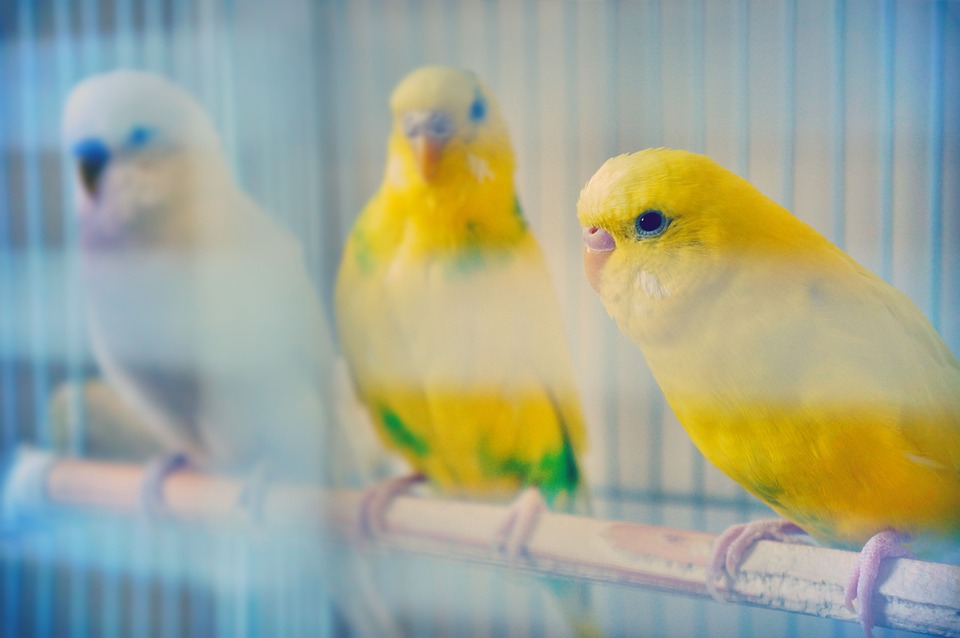Parrots, known for their intelligence and remarkable ability to mimic speech, can sometimes develop fear or anxiety towards specific objects or people. Addressing these fears is crucial to ensure your parrot feels safe and comfortable in its environment. In this article, we will explore how positive reinforcement can be an effective tool in helping your parrot overcome its fears and build trust.
Parrots, like any other living beings, can experience fear. Whether it’s a fear of a new toy, a noisy vacuum cleaner, or a visitor, it’s essential to understand that fear is a natural response triggered by perceived threats. Identifying the root cause of your parrot’s fear is the first step towards helping it overcome it.
Positive reinforcement is a training technique that rewards desired behavior, encouraging its repetition. By using positive reinforcement, you can help your parrot associate positive experiences and emotions with the objects or people it fears, gradually reducing its fear response. Here are some steps to implement positive reinforcement training:
1. **Identifying the Fearful Stimulus**: Start by identifying the specific object, noise, or person that triggers fear in your parrot. This could be a particular toy, a loud sound, or a family member.
2. **Create a Safe Environment**: Ensure your parrot’s cage and surroundings provide a secure space where it can retreat if it feels scared. Offering a safe haven will help your parrot feel more comfortable and reduce stress levels.
3. **Positive Associations**: Gradually introduce the feared object or person in a non-threatening way. For example, if your parrot is afraid of a specific toy, keep it nearby without forcing interaction. Offer treats, praise, or a favorite toy whenever your parrot shows calm behavior in the presence of the feared object.
4. **Desensitization**: With time, gradually increase exposure to the feared stimulus, always rewarding positive behavior. Break down the exposure into small, manageable steps, allowing your parrot to become more familiar and comfortable over time.
5. **Consistency and Patience**: Positive reinforcement training requires consistency and patience. Avoid rushing the process or pushing your parrot beyond its comfort zone. Each parrot is unique, so progress may vary. Celebrate small victories and adjust your approach accordingly.
Now, let’s address some frequently asked questions about using positive reinforcement to address a parrot’s fear of specific objects or people:
1. *Can positive reinforcement training be used with any type of parrot?*
Yes, positive reinforcement training is suitable for all parrot species. However, individual parrots may respond differently, and some may require more time and specific techniques. Always adapt your training approach to your parrot’s unique needs.
2. *What if my parrot continues to show fear despite positive reinforcement training?*
If your parrot’s fear persists or worsens despite your efforts, it’s advisable to consult with an avian veterinarian or an experienced parrot behaviorist. They can assess the situation and provide guidance tailored to your parrot’s specific needs.
3. *Are there any alternative techniques to positive reinforcement training?*
While positive reinforcement is highly effective, some parrots may benefit from other techniques, such as counter-conditioning or desensitization exercises. These methods involve gradually exposing your parrot to the feared stimulus while providing rewards and positive experiences.
4. *Can positive reinforcement training be used for other parrot behavioral issues?*
Absolutely! Positive reinforcement is a versatile training method that can address various behavioral issues, including aggression, biting, and excessive vocalization. It promotes trust, bonding, and a positive learning environment for your parrot.
Using positive reinforcement to address your parrot’s fear of specific objects or people is a gentle and effective approach that builds trust and helps your parrot overcome its anxieties. By understanding your parrot’s fears, creating a safe environment, and consistently rewarding positive behavior, you can guide your feathered companion towards a happier and more confident life.









